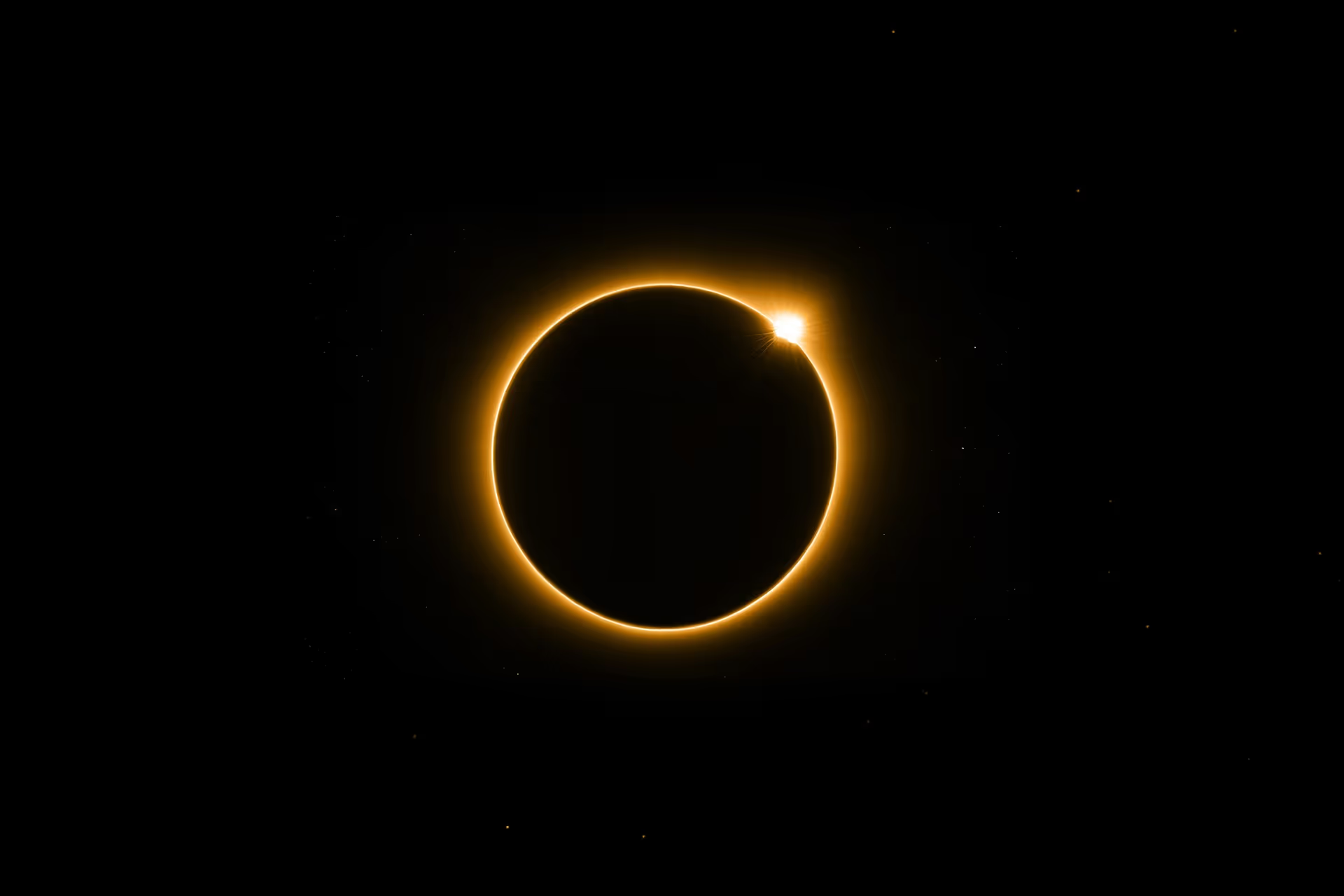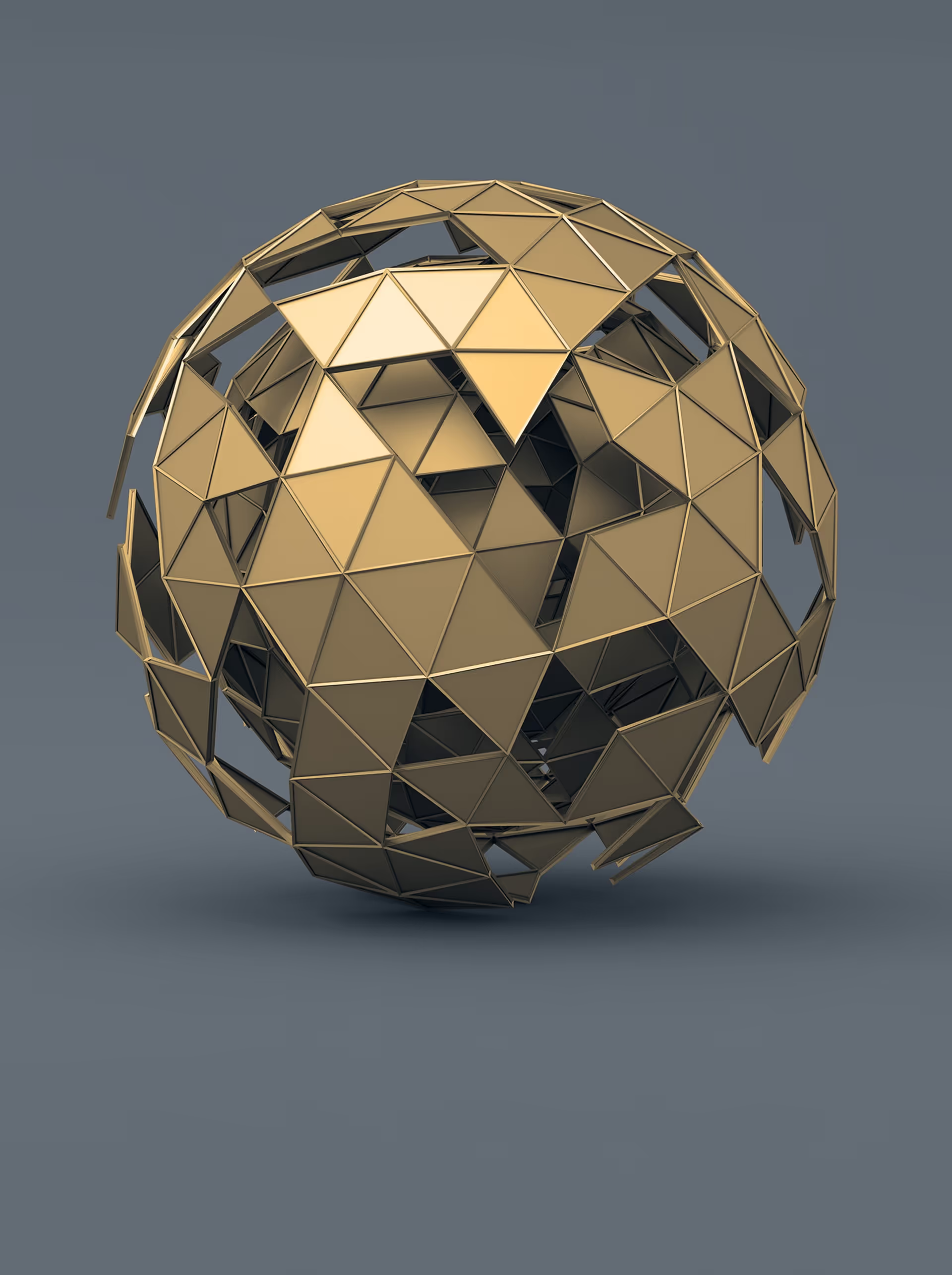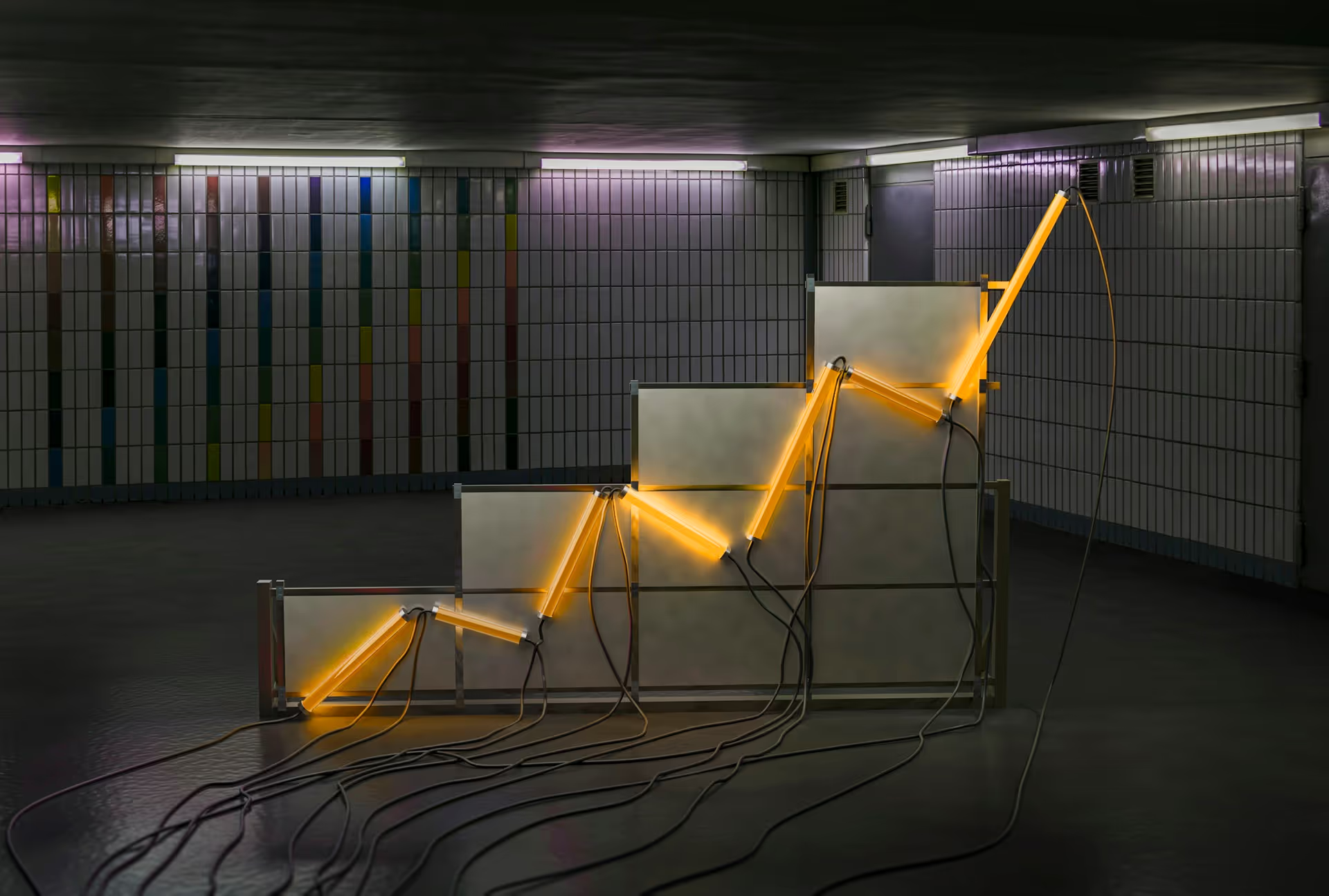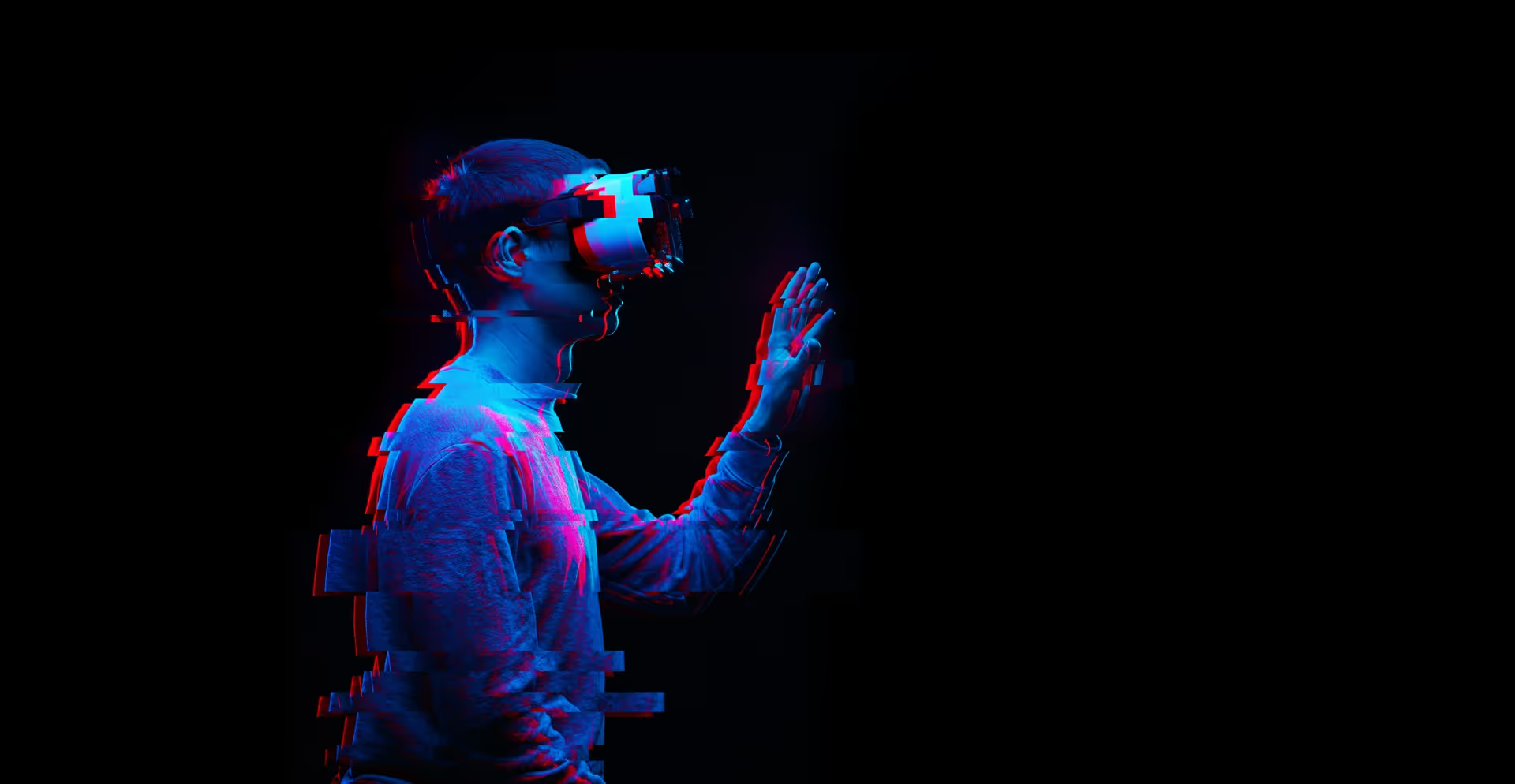According to data released in March by the World Intellectual Property Office, WIPO, Huawei, Samsung and Qualcomm retained their positions as the top three filers of international patent applications filed in 2023.
Against a backdrop of rising interest rates and economic uncertainty, however, total PCT filings in 2023 were 1.8% lower than in 2022, the first such year-on-year decline in 14 years.
In view of comments by WIPO Director General Daren Tang, a return to growth in the near-term could be within reach:
“But declining inflation rates forecast for 2024 and hotspots like India, South-east Asia and beyond may provide more business confidence and innovation investments, setting the stage for a recovery in international IP fillings later this year.”
Who are the biggest users of the PCT?
As shown in the following table, the top twenty users are either electronics, engineering, software, or telecoms oriented:
The positions of these users is largely stable compared with the 2022 filing data. An exception to this is the battery manufacturer Contemporary Amperex Technology, who climbed 84 places in the biggest users ranking.
Of the top 50 users of the PCT, seven are based outside of the US and East Asia: Ericsson; Robert Bosch; Philips (ranked 31st); Nokia (37th); Siemens (38th); BASF (39th); and BMW (40th). The top 50 educational institutions are also dominated by East Asia- and US-based applicants, the exceptions being Tel Aviv University and Delft University of Technology.
Stepping back from the applicant data, China, the US, and Japan remained the three top origin countries for international patent applications. Denmark, Sweden, and the UK ranked 19th, 9th, and 7th respectively.
Were PCT filings in 2023 down in every technology field?
The 1.8% reduction in total PCT filings masks differences among and within technology fields. For example, within the general field of electrical engineering, filings in “Electrical machinery, apparatus, energy” and “Semiconductors” saw growth of 8.8% and 5.6% respectively while filings in “Computer technology” and “Digital communication” saw drops of 3.4% and 2.1% respectively.
In the instruments field, “Medical technology” filings saw a drop of 6.1%, while in the chemistry field “Biotechnology” filings saw growth of 3.8%.
The top five technical fields for 2023 by share of international patent applications were “Computer technology” (10.2%), “Digital communication” (9.4%), “Electrical machinery, apparatus, energy” (7.9%), “Medical technology” (6.7%), and pharmaceuticals (4.7%).
Who can benefit from the PCT?
The Patent Cooperation Treaty, PCT, provides a streamlined framework for applicants seeking patent protection in multiple countries for their inventions.
A national or resident of any of the PCT’s 157 contracting states may file an international patent application to seek patent protection for an invention simultaneously in a large number of eligible countries1, rather than filing several separate national or regional patent applications. Once a time limit has been reached, usually up to 30 or 31 months, separate patent applications derived from the international patent application must be sought in each country of interest to continue the process of obtaining rights in those countries.
One advantage of the PCT is therefore delayed major costs, which allows SMEs and entrepreneurs, for example, to seek investment during the 30-/31-month period to support their downstream patenting strategy.
A further advantage is WIPO’s free-of-charge service for applicants to publish (by WIPO) information about their willingness to license their invention as disclosed in their PCT application to interested parties. Further information in this respect can be found here. In turn, the applicant (e.g., an SME) could share the burden of national / regional patent prosecution costs with a larger company.
As such, while established entities are the largest users of the PCT, as evidenced in the latest filing statistics, smaller entities should not overlook the PCT’s advantages when considering a patenting strategy that aligns with their commercial objectives.
To find out more about how intellectual property can help you create commercial value from your innovation, please feel free to contact us.
Footnotes
- States bound by the Paris Convention but not the PCT can be found here. Taiwan is bound by neither the Paris Convention nor the PCT, but is a member of the World Trade Organisation.
























%203.jpg)

%20provider.jpg)
.jpg)
%20(1).jpg)